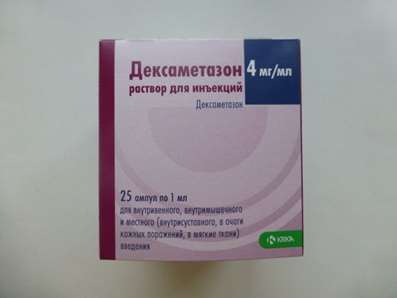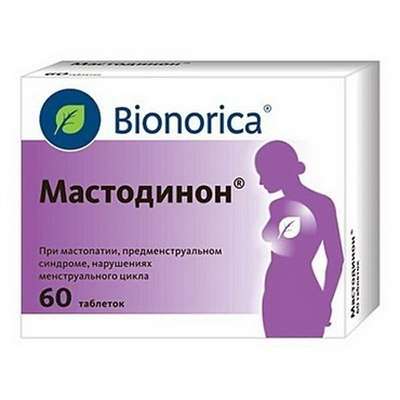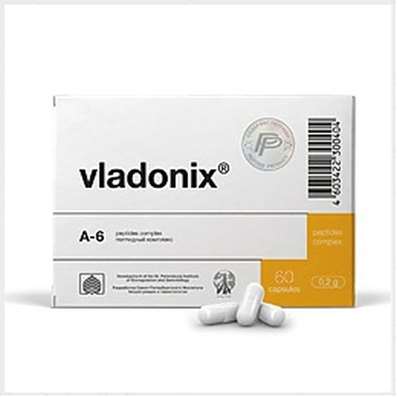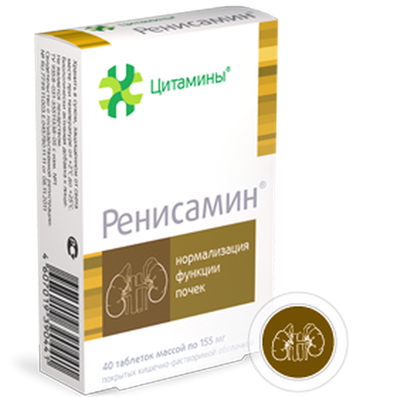Hypoglycemia in bodybuilding, methods of fight against it
02 Dec 2016
Hypoglycemia is the pathological state which is characterized by depression of level of a glucose of a peripheric blood is lower than norm (3.3 mmol/l). In bodybuilding most often develops in a consequence of unreasonable use of insulin.
Hypoglycemia signs
- Exaltation, concern, alarm, pavor
- Excess sweating
- Cardiopalmus
- Muscular shiver
- Paleness of integuments
- Giddiness, syncopal state
- Feeling of hunger
At the expressed over dosage insulin can arise:
- Focal neurologic disorders
- Epileptiform attacks
- Loss of consciousness, coma. At healthy people it is improbable (read the clinical section).
- Death. "Attention" the Lethal dose of insulin - more than 100 Units
How to prevent hypoglycemia
If the dose of insulin doesn't exceed 50 PIECES, then the hypoglycemia can be prevented in house conditions:
- Dissolve in a glass with warm water 3-4 spoons of Saccharum, drink it
- In 10 minutes eat a flour product (white loaf, a roll), white rice or other carbohydrate product.
- In a few minutes symptoms have to disappear if it didn't occur - means it is necessary to repeat the procedure once again.
- Glucagon and drug diazotize is applied to fast stopping.
Clinical pharmacology
The most widespread side effect of insulin is a hypoglycemia. It can develop owing to over dosage of hormone, discrepancy on time of peak of concentration of insulin in bloods with meal, actions of additional factors which enlarge sensitivity to insulin (an adrenal failure, hypopituitarism) or strengthen capture of a glucose tissues (exercise stress). The more intensively an insulin therapy, the more often it is complicated by a hypoglycemia. In the research DCCT at the patients receiving an intensive insulin therapy, serious episodes of a hypoglycemia became perceptible by 3 times more often than at the patients receiving a usual insulin therapy (DCCT Research Group, 1993). Mild and medium-weight episodes of a hypoglycemia were observed much more often serious, and their risk was higher among receiving an intensive insulin therapy too. Risk of a hypoglycemia is the major factor which needs to be considered when determining indications to an intensive insulin therapy.
The physiological answer to a hypoglycemia develops in a certain order. At first insulin secretion decreases. Then, when the level of a glucose of plasma reaches 70 mg of % (3.9 mmol/l), secretion hormones — an adrenaline, a glucagon, hormone of body height, a hydrocortisone and catecholamine begins. Do not forget take Hepatamin for better results.
The first symptoms of a hypoglycemia appear at glucose level in plasma of 60-80 mg of % (3,3 — 3,9 mmol/l). It is the sweat, feeling of hunger, parenthesis, heartbeat, a tremor, alarm substantially bound to activation of a sympathetic nervous system (an adrenergic symptomatology). At lower level of a glucose in plasma the neurologic (neyroglyukopenic) symptomatology is disturbance of concentration of attention, oglushennost, delicacy, drowsiness, feeling of fever, giddiness, an illegibility of vision and a loss of consciousness appears. At the healthy person glucose level is in a blood under rigid control, and the hypoglycemia therefore develops extremely seldom.
Glucagon is the main hormone at healthy people and at patients with recently diagnosed acrostic diabetes mellitus. At a lingering hypoglycemia to the forefront there are catecholamine, a hydrocortisone and STG. At long ago ill an achrestic diabetes mellitus the secretory answer of a glucagon to a hypoglycemia it is exhausted, but functions of a glucagon are undertaken by an adrenaline. As ability of such patient to resist to a hypoglycemia entirely depends on the secretory answer of an adrenaline, disturbance of this mechanism conducts to augmentation of risk of serious episodes of a hypoglycemia. It also happens at patients to an old achrestic diabetes mellitus and vegetative neuropathy. The incompetence of both a glucagon, and an adrenaline leads to a lingering hypoglycemia. Especially often it happens at night: at some patients very low levels of glucose in plasma for several hours become perceptible. The serious episode of a hypoglycemia conducts to cramps and a coma.
After there were glucose meters, a hypoglycemia began to confirm almost at each patient with suspicious symptoms. It is more difficult to confirm a night hypoglycemia; it should be suspected at complaints to a headache since morning, a night sweating, a hypothermia. Believe that at achrestic diabetes mellitus the night hypoglycemia serves as the hyperglycemia reason in the mornings. This phenomenon is known as Somodzhi's syndrome: in the general opinion, hormones in response to a night hypoglycemia leads emission to development of a reactive hyperglycemia. Existence of a syndrome of Somodzhi was recently called into question as several groups of researchers couldn't reproduce it experimentally. Besides, it is well known that at an old achrestic diabetes mellitus and an intensive insulin therapy emission of hormones in response to a hypoglycemia considerably decreases. It is improbable that at such patients night secretion of hormones could lead to a hyperglycemia next morning. Therefore the reference the patient in the mornings suffering from a hyperglycemia to reduce an evening dose of insulin now it is considered wrong. As the hyperglycemia reason in the mornings, most likely, serves the insufficient effect of an evening dose of insulin of average duration of action together with a dawn hyperglycemia. The patient recommend to enlarge an evening dose of insulin of average duration of action and to enter it before going to bed, and that who uses a wearable batcher of insulin — to enlarge rate of infusion between 3:00 and 7:00.
Each patient receiving an insulin therapy has to be familiar with hypoglycemia symptoms, always have at himself something sweet and wear an identification bracelet or a card in a wallet where data on its illness would contain. At suspicion on the coming hypoglycemia it is necessary to measure whenever possible at itself glucose level. Mild and medium-weight episodes of a hypoglycemia are stopped by reception of glucose. In hard cases introduction of glucose and an injection of a glucagon are necessary i.v.

 Cart
Cart





